IoT 和咖啡就像老朋友一样,也许只有两者的爱好者才知道这一点。物联网的核心是连接、传感器、跟踪、数据可视化、边缘计算和设备管理。
因此,管理咖啡豆的整个供应链--包括种植、收获、运输、烘焙、销售和消费最终产品--已经成熟,IoT ,也就不足为奇了。
纪念
国际咖啡日 (10 月 1 日)和美国全国咖啡日(9 月 28 日),在这篇文章中,我们将探讨全球巨大的咖啡市场利用IoT 设备和技术的多种方式--从咖啡农业到商用咖啡机中的IoT 解决方案,甚至是温度监控,以确保咖啡师为您递上一杯完美的咖啡,让您尽情品尝。
咖啡市场与机遇展望IoT
 全球咖啡市场规模巨大,而且还在不断增长。据估计 2020 年达到 1,020.2 亿美元通过 魔都情报局预计 2021 年至 2026 年的复合年增长率将达到 4.28%。这意味着全球有大量的咖啡豆、大量的需求和大量的资源管理。所有这些咖啡都是在 70 个国家种植的。 投资百科尽管只有五个国家的产量位居世界前列:巴西、越南、哥伦比亚、印度尼西亚和埃塞俄比亚。
全球咖啡市场规模巨大,而且还在不断增长。据估计 2020 年达到 1,020.2 亿美元通过 魔都情报局预计 2021 年至 2026 年的复合年增长率将达到 4.28%。这意味着全球有大量的咖啡豆、大量的需求和大量的资源管理。所有这些咖啡都是在 70 个国家种植的。 投资百科尽管只有五个国家的产量位居世界前列:巴西、越南、哥伦比亚、印度尼西亚和埃塞俄比亚。
全球咖啡市场每年的交易额超过 1000 亿美元,因此我们可以有把握地认为咖啡是一种(恕我直言)炙手可热的商品。所有这些咖啡,在其生产、分销和消费的各个阶段,都必须通过人员、流程和机器的组合进行管理。
IoT 的用武之地在于,它能够执行那些对人类来说过于繁琐、耗时或容易出错的任务,从而让人们能够做自己最擅长的事情。农民可以利用更少的资源种植出更健康的作物。发货和收货经理可以快速访问跟踪数据。烘焙师可以确保每批烘焙的设置和温度正确无误。咖啡师可以在合适的温度下制作和供应咖啡。IoT 还可以通过以下方式实现连接 蜂窝路由器和网关 - 实现机器、人员和流程之间的通信。
从IoT 角度看咖啡供应链

咖啡的供应链很长。它从种植和收获咖啡豆的人开始,包括仓库、卡车车队、将绿色咖啡豆变成各种香味和烘焙口味(从浅烘焙到特浓咖啡)的烘焙机,以及销售包装咖啡和热咖啡的多种零售业务。
我们将更详细地讨论几个用例,但出于几个原因,我们值得鸟瞰一下整个咖啡供应链。举例来说,在将咖啡送到消费者手中的过程中,有多少 "中间人 "与之息息相关,而每个中间人都涉及成本。再考虑到消费者对高价购买日常饮品的胃口有限。这就意味着,自动化和效率--IoT 技术的一些主要优势--对于可扩展性和投资回报率来说势在必行。
为了好玩,这里有一个混搭游戏。左列中的实体使用了右列中哪些IoT 技术?提示:有些技术被不止一个实体使用。当然,咖啡供应链上的这些接触点采用了不同的做法,没有两家种植商、烘焙商或零售商是完全相同的。此外,随着越来越多的企业寻求自动化和数据可视化等高效功能来管理业务流程,IoT 用例也在不断增加。因此,这只是设想技术如何支持不断增长的咖啡市场各个环节的一种方式。
请参阅表后的答案要点,了解我们对这些技术目前使用情况的看法。
| 企业 |
IoT 技术 |
| 咖啡种植者 |
A - 设备监控 |
| 咖啡运输公司 |
B - 温度监测 |
| 咖啡仓储 |
C - 地理位置服务 |
| 咖啡烘焙机 |
D - 边缘计算 |
| 咖啡零售商(咖啡馆、餐馆) |
E - 土壤传感器 |
| 咖啡零售商(杂货店) |
F - 数据可视化 |
| 咖啡零售商(便利店) |
G - 自动化 |
答案要点:
- 咖啡种植者:A、C、D、E
- 咖啡运输公司:B、C、D、F
- 咖啡仓储:B、E、F、G
- 咖啡烘焙师:B、G
- 咖啡零售商(咖啡馆、餐馆):A、B、F、G
- 咖啡零售商(杂货店):A、B、D、F、G
- 咖啡零售商(便利店):A、B、D、F、G
换句话说,IoT 技术在整个咖啡行业以多种不同的方式得到了应用。产品开发商和咖啡供应链上的从业者在咖啡管理方面有大量的应用和使用案例,IoT ,而且越来越多的组织不断涌现,为这个行业服务。例如,一个名为 "咖啡豆追踪"(Trace Coffee Beans)的组织利用区块链和IoT 技术创建了一个全球平台,用于追踪从农场到消费者的完整咖啡供应链。
人工智能也将成为主流。虽然人工智能仍处于早期阶段,但咖啡行业将越来越依赖这项技术。这并不意味着星巴克很快就会有机器人为您服务。这意味着,人工智能和机器学习将有助于减少咖啡种植、烘焙、冲泡和服务过程中的错误并提高成果。
IoT 咖啡行业案例

为了更清楚地了解IoT 在商业和工业领域各种咖啡工艺中的应用,让我们来看看IoT 设备和技术在制作世界上最受欢迎的饮料之一时的一些例子。没错,它不是第一。当然是水。茶紧随其后。咖啡和啤酒争夺第三名,这取决于您的信息来源。
IoT 咖啡农业
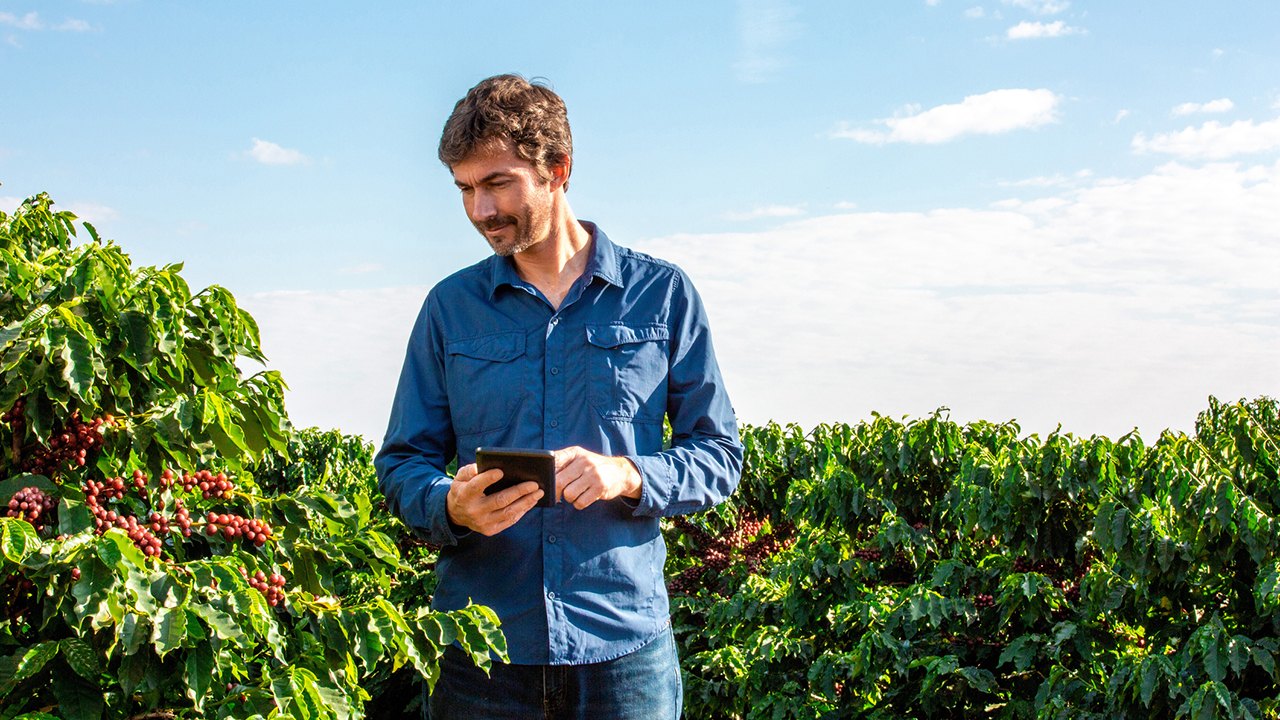
IoT 设备和技术在各行各业的农业中都发挥着作用,咖啡豆行业也不例外。在咖啡种植业,你会听到农艺科学等术语,这意味着咖啡豆种植和收获的每个环节都会对产量、底线和环境产生潜在影响。以下是IoT 如何支持咖啡种植者的几个例子:
- 土壤传感器检测水和土壤管理状况
- 感知水量并利用自动化技术灌溉咖啡作物可显著改善环境可持续性指标
- 灌溉系统利用 GPS、设备监控和自动化实现资源管理和数据可视化,为明智决策提供支持
精准农业实践利用IoT 系统(包括传感器、无线通信设备和远程监控软件)来监控植物的健康状况、天气条件、病虫害等。通过战略性地放置传感器以收集重要数据,农民可以监测各种温度、湿度和条件参数,从而快速发现不利情况并确定正确的处理方法。
IoT in 咖啡运输
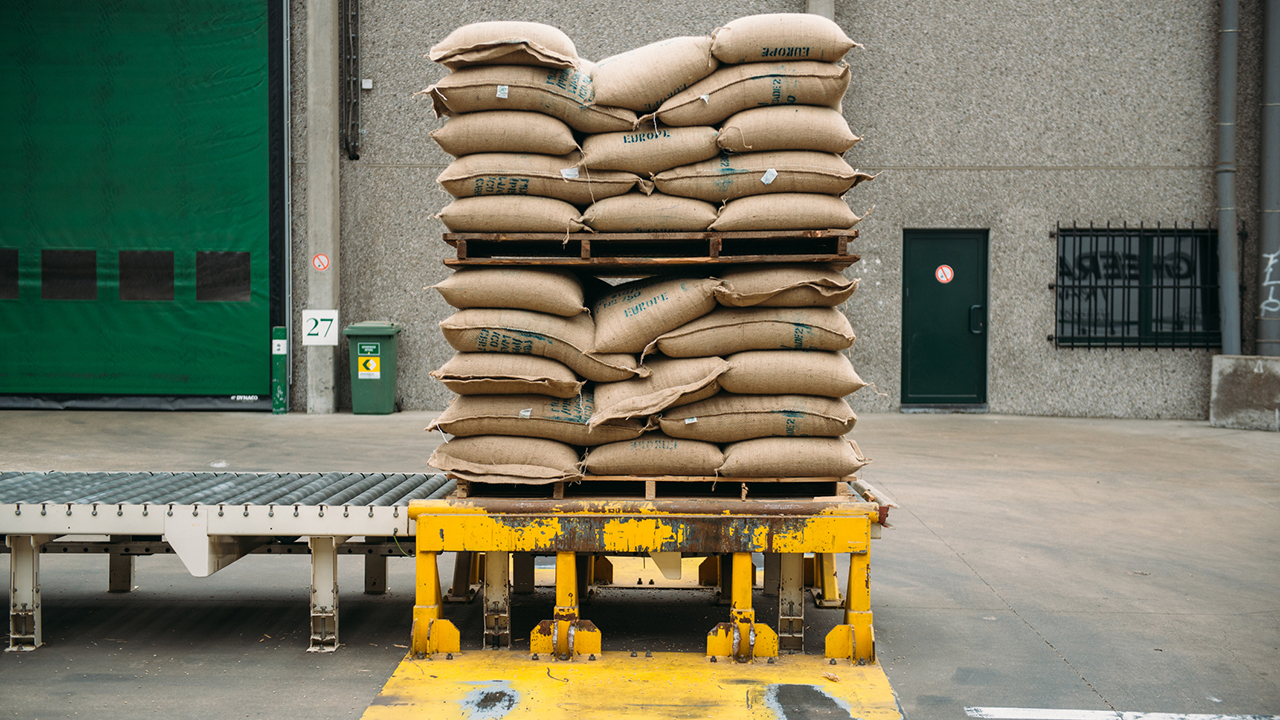
咖啡在世界各地都有消费,但并非所有地区都有种植。这就自动意味着必须运输咖啡豆。复杂性由此迅速上升。咖啡豆必须被运往世界各地的港口、仓库、专业烘焙厂等等。以下是IoT 支持咖啡运输业的几种方式:
- 船舶运力监控和自动化;利用分析技术进行装卸
- 资产跟踪和货物跟踪,以实时监控货运情况并确定货物是否已交付
- 温度和湿度等状态监测,以确定产品是否受到损害,并执行合规性衡量和报告
- 安全与合规:管理和监控从人为威胁到网络攻击的安全风险
- 咖啡运输过程中的通信和连接
IoT 咖啡仓储
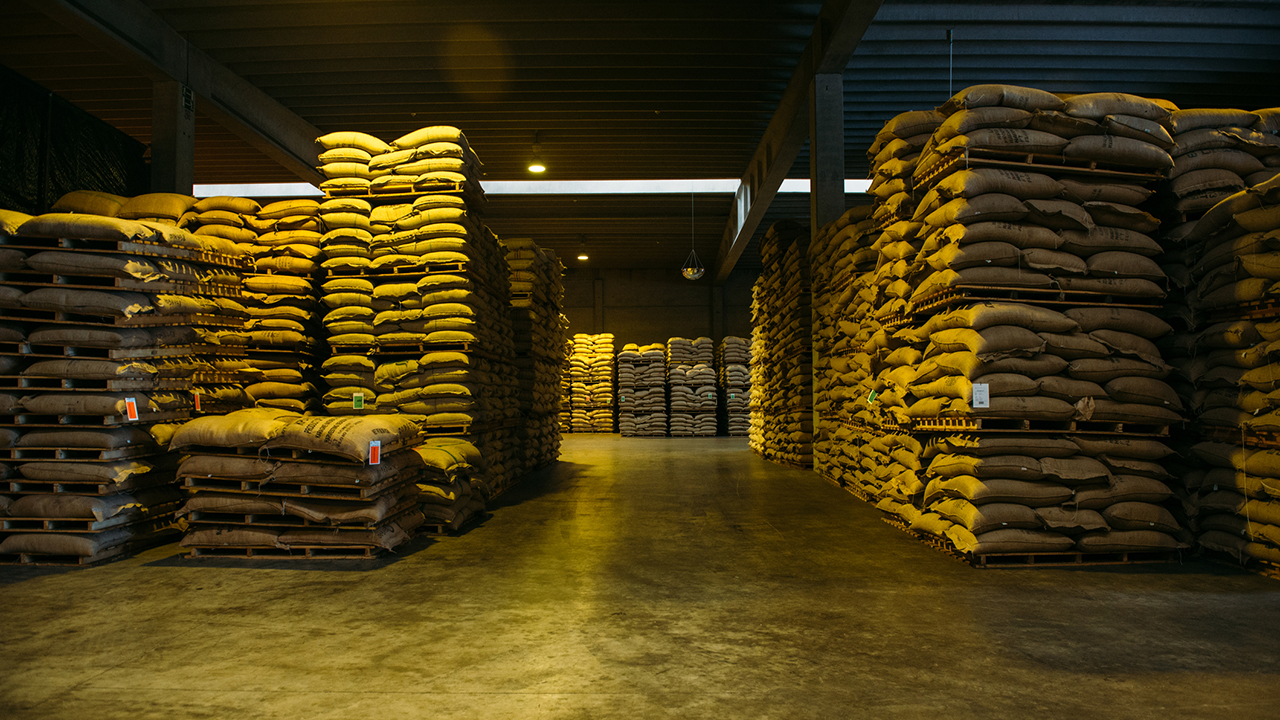
仓库管理是咖啡供应链中的一个关键环节,因为从环境条件到库存都是关键指标。仓库数据有助于库存采购、跟踪等。IoT 咖啡仓储的一些例子:
- 环境传感和控制,以仔细管理可能影响产品的温度和湿度。
- 传感器和无人机可用于收集库存、位置和包装供应数据,以便仓库管理者就库存、质量和竞争力做出明智决策。
- IoT 传感器和摄像头等设备可以为工人的安全提供支持,例如识别湿滑的表面,甚至识别工人不正确的姿势和动作。
IoT 咖啡加工

没有人会用绿色咖啡豆制作咖啡。它们必须经过加工和烘焙,才能变成我们在家冲泡的浓郁黑咖啡豆,以及餐馆和其他零售商为咖啡销售和服务冲泡的研磨咖啡。以下是IoT 如何支持咖啡烘焙企业的几个例子:
- 用于咖啡储存的温度和湿度传感器,以保持质量和完整性
- 咖啡烘焙监测和质量保证指标
- 根据时间或条件启动流程的自动化系统
根据咖啡师协会的说法,烘焙分为三个阶段:干燥阶段、变色阶段和烘焙阶段,所有这些阶段都可以通过温度监控和精心管理来优化。我们预测,咖啡供应链的这一阶段将越来越多地使用IoT 监控系统进行质量控制、报告和预测性维护。
IoT in 咖啡服务

我们知道,消费者可以通过多种途径购买咖啡,而且很多消费者都会使用所有这些途径。您可能会在杂货店购买一袋烘焙咖啡豆或咖啡粉。同一天,您可能会在给汽车加油时在当地的便利店购买一杯咖啡。或者,您也可以到当地的星巴克或其他咖啡店买一杯上好的拿铁咖啡、摩卡咖啡、浓缩咖啡或卡布奇诺咖啡。事实上,您还可以与朋友在餐馆共进午餐,然后点咖啡配餐或甜点。一切都在同一天。
IoT 如何在咖啡零售和咖啡服务中发挥作用?
- 如今,咖啡机都与互联网相连,以进行监控、度量和预测性维护,我们都知道这意味着:它们的连接必须是安全的
- 传感器之所以能发挥作用,是因为冲泡的咖啡必须保持在一定的温度下,这样消费者才能喝到最合适的咖啡,同时还能防止咖啡烧焦、过早老化和质量下降。
- 可监控咖啡机的使用情况,提供一系列指标,确保咖啡质量和盈利能力
- 同时,经常光顾咖啡店的人也希望能获得安全可靠的 Wi-Fi 连接。
在IoT 咖啡系统的世界里,预测性维护的应用越来越广泛,因为传感器、通知和人工智能可以在故障发生前找出导致故障的因素,最终降低成本。甚至还有一家名为 "咖啡云"(Coffee Cloud)的云端企业,致力于 "监控全世界的咖啡师机器,在云端衡量我们对咖啡的热爱"。
IoT 商业运营和产品开发商的机遇

在我们所处的历史时期,改进流程的产品需求量很大。这些产品通常具有明确的投资回报率;如果你能更快、更高效地执行任何业务流程,减少错误和安全风险,你就能对底线产生积极影响。
在万物互联、可靠性至关重要的时代,从管理业务成本,到监控和挫败网络攻击,再到管理业务连续性,对业务完整性的威胁使得这些目标变得更加迫切。所有这些挑战都是更好的产品设计、更好的连接解决方案和更多创新的机遇。
在 Digi,我们是一家 B2B 物联网公司,为商业和工业企业的蜂窝连接和传感器连接以及系统集成商和原始设备制造商的开发和上市目标提供支持。因此,虽然我们并不面向消费IoT 市场,但我们的许多客户都是这样做的。(是的、 家用咖啡机遭黑客攻击以防万一。幸运的是,Digi 解决方案从一开始就具有坚如磐石的安全性。)
IoT 商业和工业运营
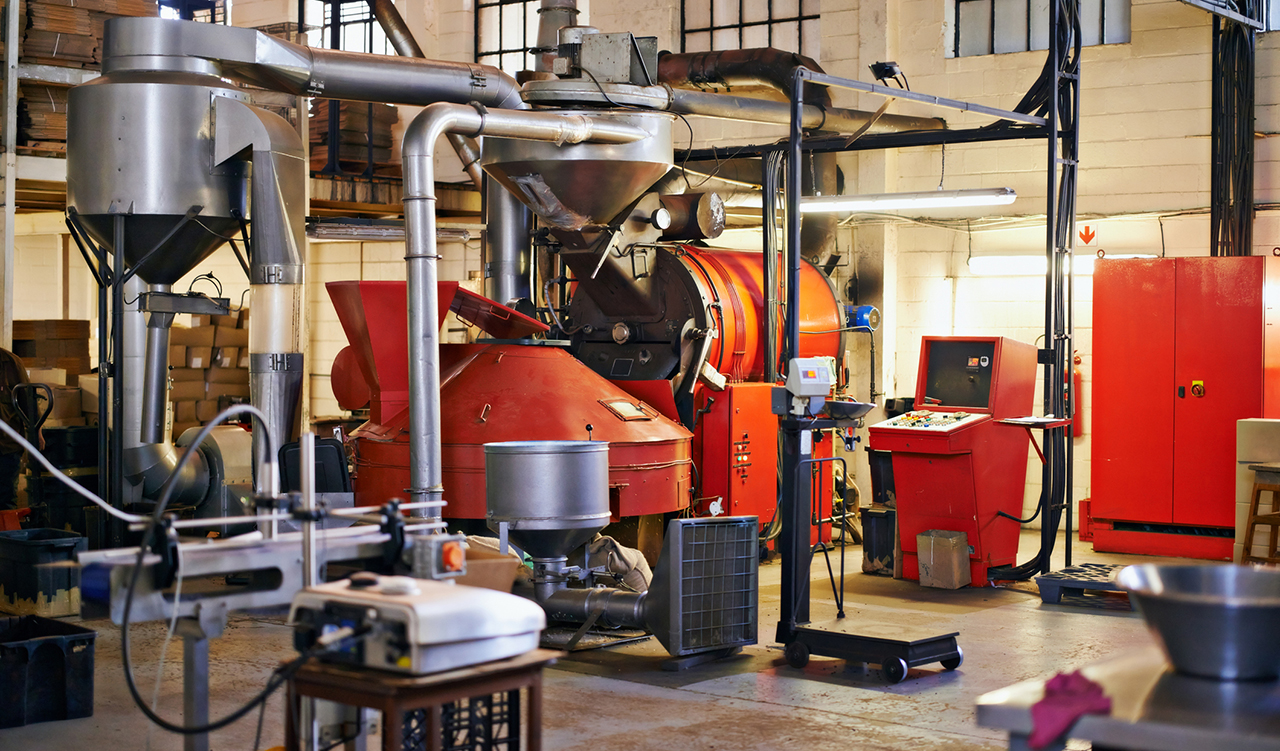
如今,在各个垂直行业和供应链各个阶段的商业企业中,互联互通都是为了加强业务运营。这些设备的作用包括 蜂窝路由器和网关 是数据传输,但侧重点因业务目的而异。
下面是几个例子:
- 在咖啡种植等农业环境中,关键目标可能是工业连接、传感器数据管理和边缘计算。
- 在咖啡货物的装运和接收过程中,关键目标是快速传输数据,以便进行集中管理、数据可视化和分析以及车队管理。
- 在零售企业等其他商业企业中,主要目标包括安全性、可靠性和性能,因为这些企业需要安全可靠的服务点、客户 Wi-Fi,以及最先进的网络速度(如 4G LTE 或 5G)。
- 食品服务零售机构需要快速准确的温度监测,以进行报告和遵守法规。
Digi 凭借其广泛的连接解决方案套件,支持实现各种目标,包括Digi EX50 5G 等高速企业路由器、Digi TX64 5G 等移动接入路由器、Digi Connect® Sensor 等传感器网关以及Digi IX20 等工业蜂窝路由器,所有这些都可以通过Digi Remote Manager® 进行安全高效的管理。
其他解决方案和服务包括Digi专业服务(可在项目的任何阶段为您的部署规划和安装提供支持)和SmartSense by Digi(为 "冷链 "提供完整的传感器、网关和温度监控解决方案,包括杂货店、便利店和车队监控)。
IoT 面向开发人员和原始设备制造商
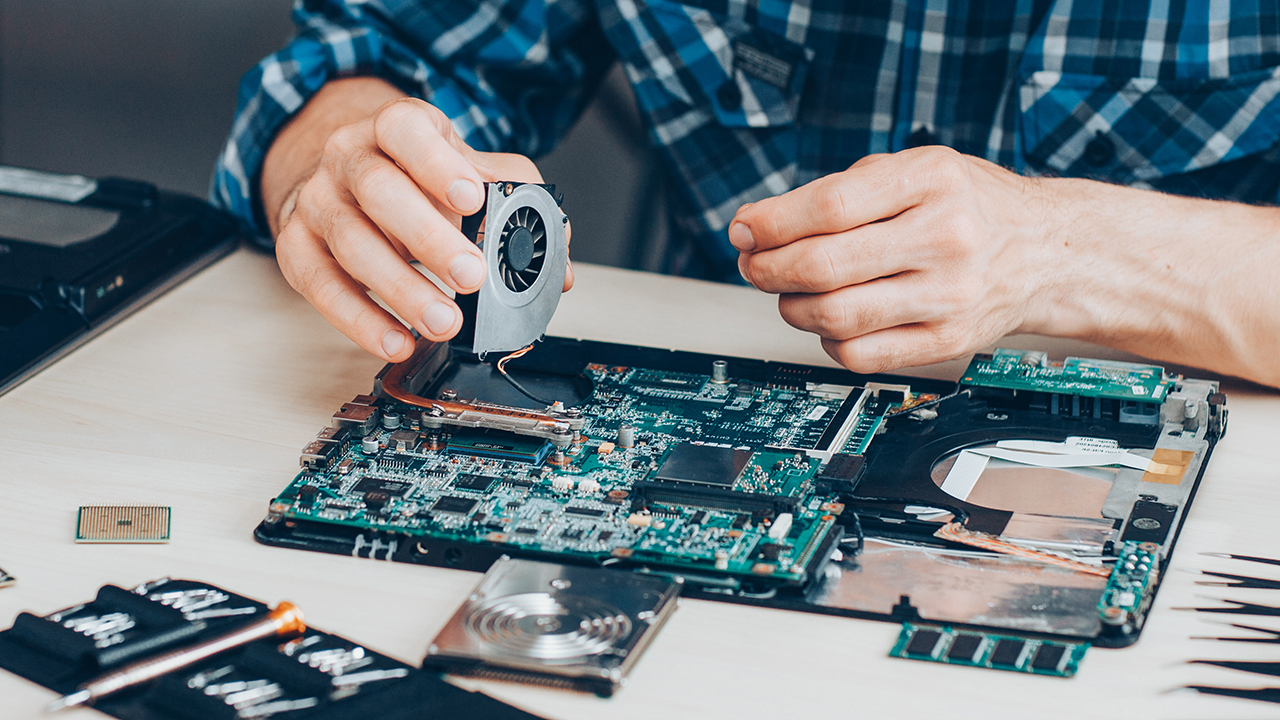
如果您是面向广大咖啡市场的产品开发人员,Digi 可为您提供丰富的工具、资源和服务。 开发平台 支持您开发最强大的产品,以处理可抵御网络攻击的高要求应用。
例如,原始设备制造商可以提供高质量、易于使用和高度安全的咖啡机,供咖啡馆和自助服务场所使用。如果开发商能在不增加经营成本的前提下,通过人工智能技术提高产品的效率和咖啡的品质,那么他们就能在咖啡机市场上赢得一席之地。
在 Digi,我们喜欢从产品设计的角度谈论可扩展性,因为这是开发人员实现差异化的一种方式。举例来说,产品开发人员可能希望创建一个三层咖啡服务设计,其功能分为三个复杂级别,以支持不同的客户需求。使用可扩展的产品系列(如咖啡机)就可以实现这一目标。 Digi ConnectCore® SOM 开发平台。
下面是一个具有可升级功能的三层咖啡配出系统的视觉图。使用 ConnectCore 8 平台的开发人员可以快速开发和测试产品设计,然后将该设计快速调整为具有更多功能的模型,而无需重新设计。 Digi Smart IOmux 开发工具.
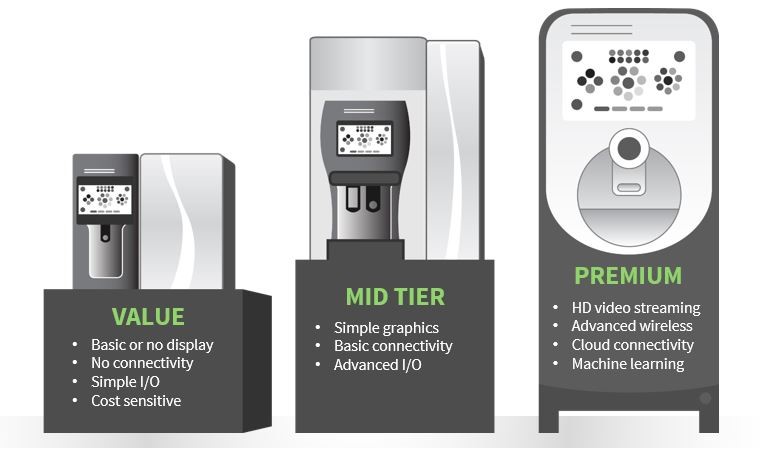
除系统模块开发平台外,Digi 还支持开发人员在其产品设计中建立射频和蜂窝连接,包括 Digi XBee® 短程、远程和蜂窝模块,以及 Digi LoRaWAN 解决方案。以及 Digi 无线设计服务 从概念设计和原型开发到电路板设计、BSP 和天线设计,我们可以在任何阶段为您的开发历程提供支持,帮助您实现上市目标。
总之,我们相信IoT 能够支持整个咖啡供应链中的大量业务目标,正如当今许多其他行业一样,成本、可视性、可靠性和可扩展性是这些行业的关键。无论您的任务是什么,Digi 都能为您的IoT 目标提供支持。 联系我们 开始对话。